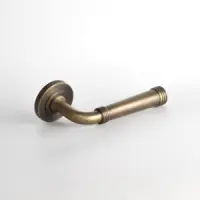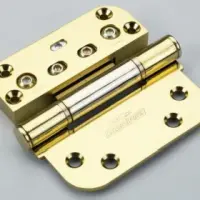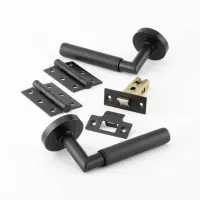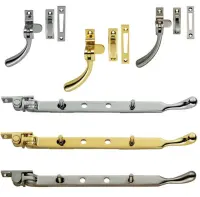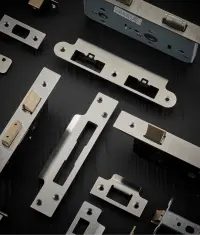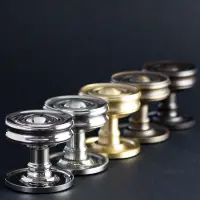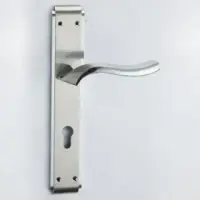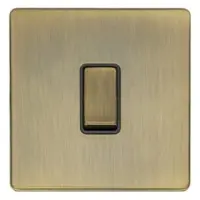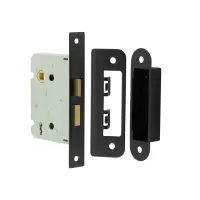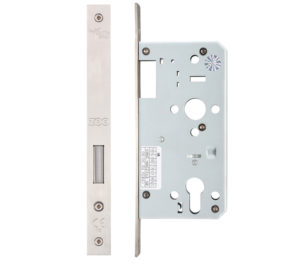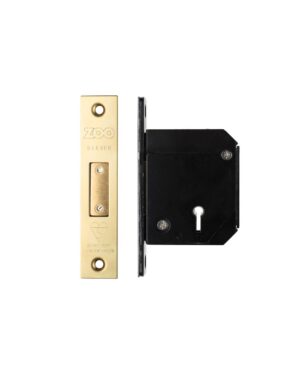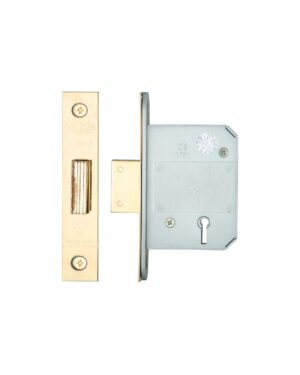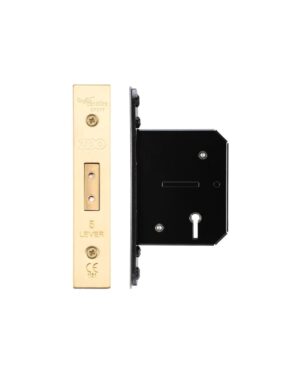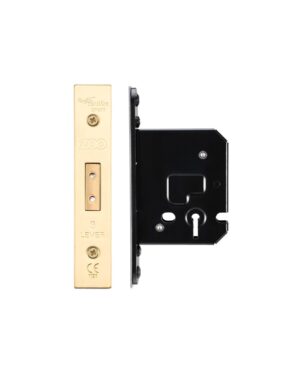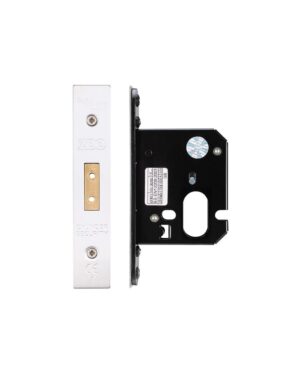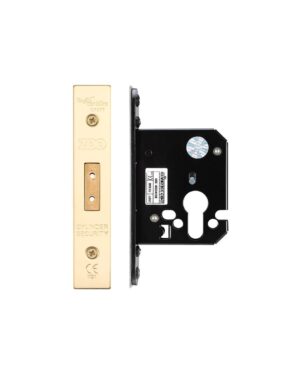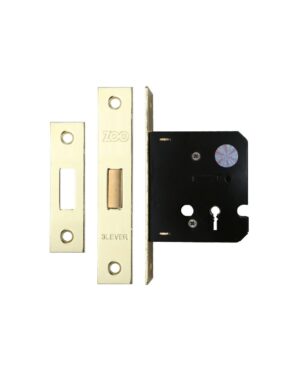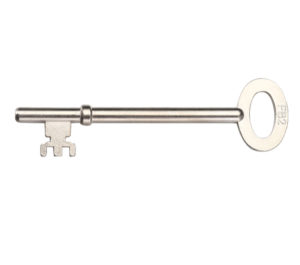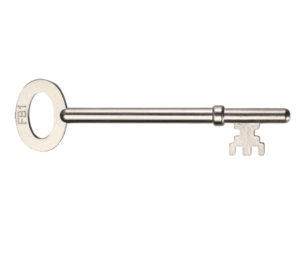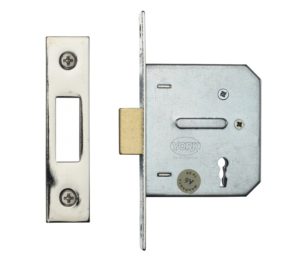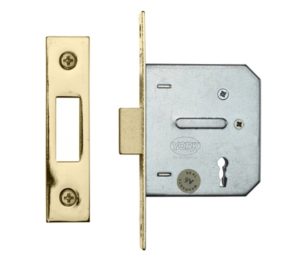The UK's biggest range. Chosen for you.
Dead Locks
Zoo Hardware British Standard 5 Lever Chubb Retro-Fit Dead Lock (67Mm Or 80Mm), Pvd Stainless Brass
£23.54
This product has multiple variants. The options may be chosen on the product page
£13.41
This product has multiple variants. The options may be chosen on the product page
£11.79
This product has multiple variants. The options may be chosen on the product page
£10.63
This product has multiple variants. The options may be chosen on the product page
£10.17
This product has multiple variants. The options may be chosen on the product page
Dead Locks
£10.17
This product has multiple variants. The options may be chosen on the product page
£3.83
This product has multiple variants. The options may be chosen on the product page
Price range: £8.52 through £8.92
This product has multiple variants. The options may be chosen on the product page
Price range: £8.52 through £8.92
This product has multiple variants. The options may be chosen on the product page
The operating system deadlocks present problems for system performance and stability, making them a crucial concept. We will look at the many aspects of deadlocks in this essay, including their causes, effects, and workable solutions. When two or more processes in a computing system are stuck waiting for each other to release a resource, the system reaches a stalemate. As a dead bolt lock result, the system becomes unstable and progress is impossible. Processes fighting over resources like memory, CPU time, or input/output devices frequently result in deadlocks. Deadlocks are more common in systems where resources cannot be canceled once they are received. In the event that a process needs a resource that is managed by a different entity in order to proceed. A basic need for deadlocks is circular wait. In a circular chain, it happens when a group of processes are waiting for resources. Every process in the chain has a resource that is required by the process after it. Dead Bolt Locks Designing systems to avoid events that lead to deadlocks is the first step in reducing deadlocks. Strategies include ordering resource requests, making sure there are no circular waits, and carrying out resource allocation policies. Operating system deadlocks are a recurring problem that need to be carefully considered in resource management and system design. Deadlocks can be minimized to ensure the smooth running of computing systems by knowing their causes and effects and putting preventive measures in place. In order to reduce the dangers connected with deadlocks, system managers and designers are important.

